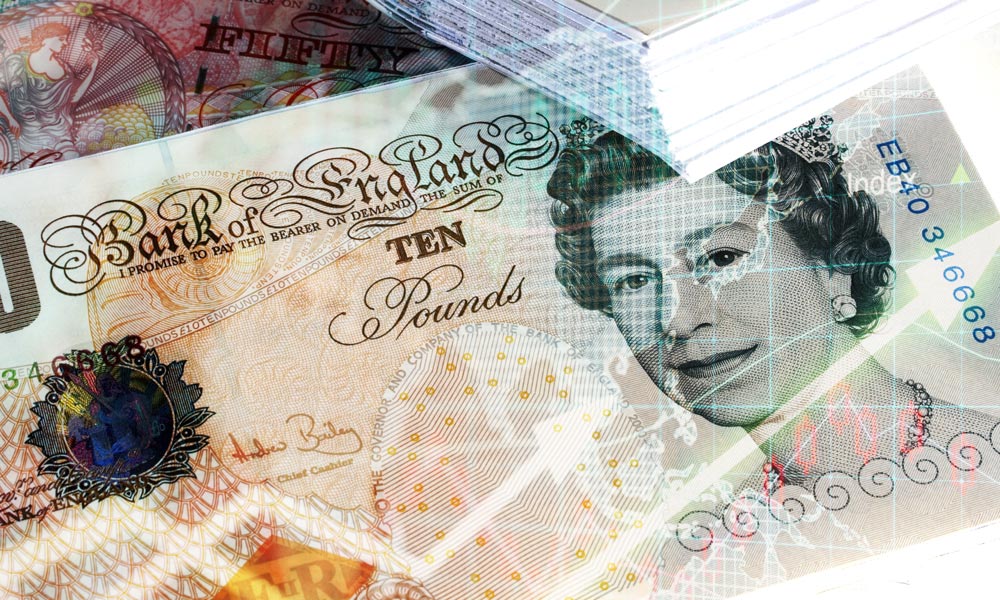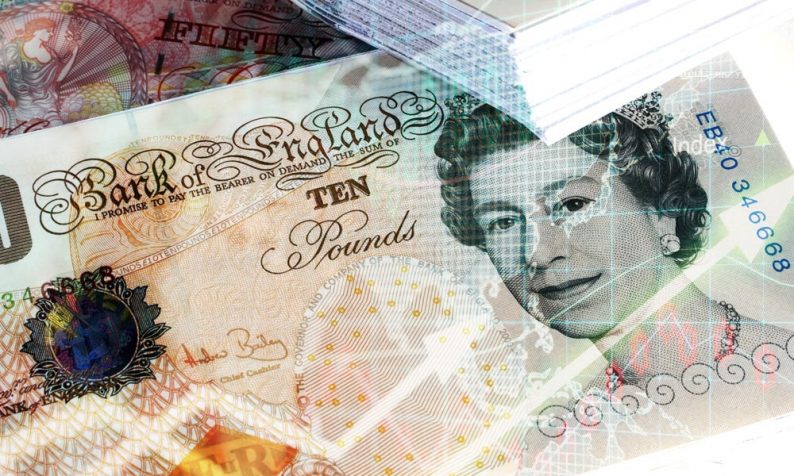
The British Pound (GBP) has a long and storied history that stretches back more than 1200 years. In addition to its credible claim of world’s oldest living currency, the pound plays a major role in the global foreign exchange, a market valued at $5.3 trillion per day. While the pound is a symbol of British pride, it traces its roots back to continental Europe during the time of King Offa of Mercia, who introduced the silver penny that would quickly spread throughout the Anglo-Saxon kingdoms.
GBP: A Brief History of Devaluation
The history of pound sterling stretches back more than a millennium, a period that has been described by historians as “one thousand years of inflation.” As an interesting aside, the pound would not be referred to as “sterling” until after the Norman Conquest (the word originally referred to pennies, not pounds).
As one would expect, the value of the pound has declined significantly over the ages. According to David Sinclair’s The Pound: A Biography, one sterling coin bought you 15 head of cattle in the year 980. Since the 15th century, the pound’s value has declined four-hundred fold, according to Sinclair. Other estimates have shown that the value of Britain’s currency has declined 118 times between 1750 and the turn of the 21st century.
The purchasing power of the pound isn’t the only feature of the currency that has declined over the centuries. In 1158 King Henry II reduced the coin’s silver content from 100% fine silver to 92.5% silver.
GBP: A Brief History of Crisis
Like other currencies, the British pound has experienced its fair share of crises. In 1976 the pound declined 25% against the US dollar over nine months, forcing British lawmakers to approach the International Monetary Fund (IMF) for a loan. The IMF lent big, granting Britain a £2.3 billion loan in exchange for spending cuts. The loan amount seems small today, but was actually the biggest the IMF had ever made at the time.









Leave A Comment